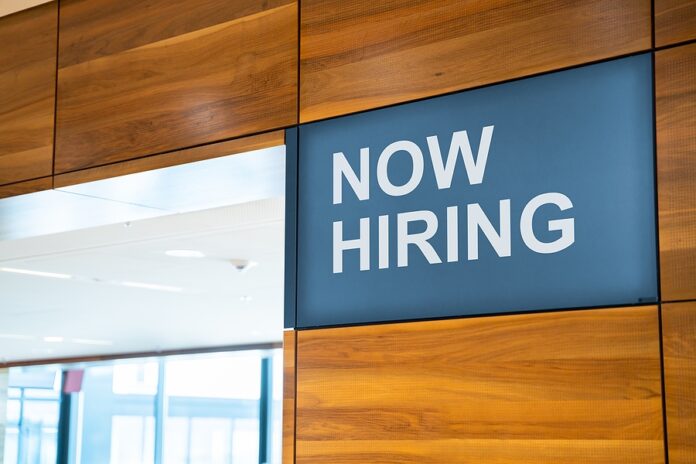
Marking its first decrease in seven months, the Conference Board Employment Trends Index dropped to 110.35 in September, down from 110.68 in August (revised). Job growth lost steam in recent months, and the index indicates that it could be a few more months before it picks up again.
Two of the eight labor market indicators negatively impacted the index for the month — percentage of respondents who say they find “jobs hard to get” and number of temporary employees.
The other six indicators positively contributed to the index, ordered from the highest to lowest contributor:
- Initial claims for unemployment insurance
- Industrial production
- Job openings
- Real manufacturing and trade sales
- Percentage of firms with positions not able to fill right now
- Ratio of involuntarily part-time to all part-time workers
“The chief culprit behind lagging job growth has been the summer surge in COVID-19 infections associated with the Delta variant,” said Gad Levanon, Head of The Conference Board Labor Markets Institute. He expects the slowdown of in-person services to continue through the end of the year as risk-averse consumers limit their spending.
Though the hope was that schools reopening and unemployment assistance ending would boost the labor supply, hiring struggles persisted. “It is becoming more likely that severe labor shortages will continue impacting the US economy in the months ahead,” said Levanon. “In such a scenario, wages will continue to rise rapidly—contributing to faster inflation—and economic growth will gradually become more encumbered by labor supply constraints.”





